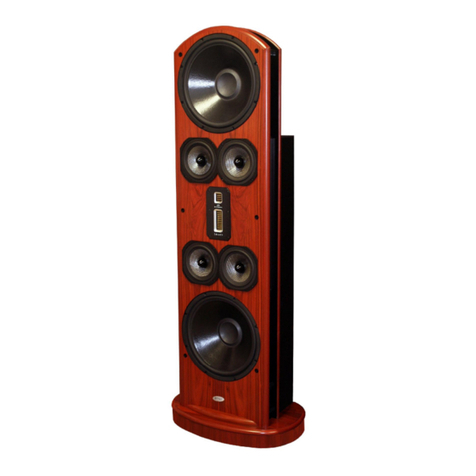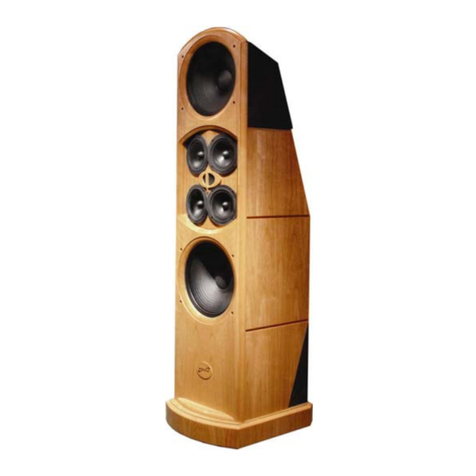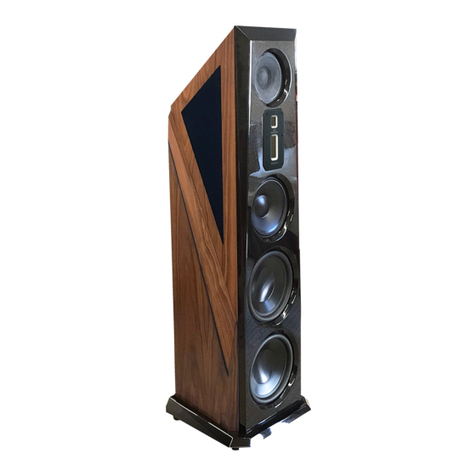Legacy Marquis HD User manual
Other Legacy Speakers System manuals
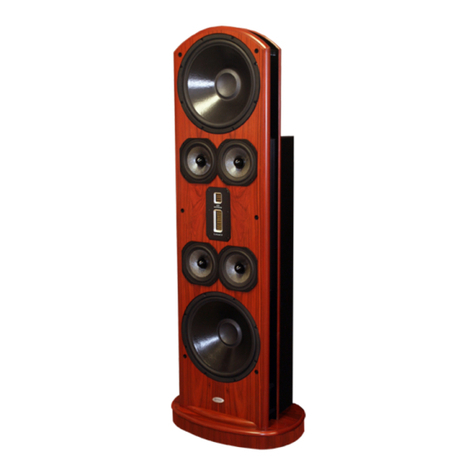
Legacy
Legacy Whisper XDS User manual
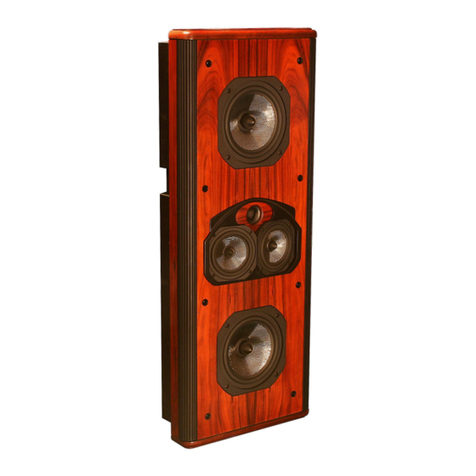
Legacy
Legacy Harmony Center User manual
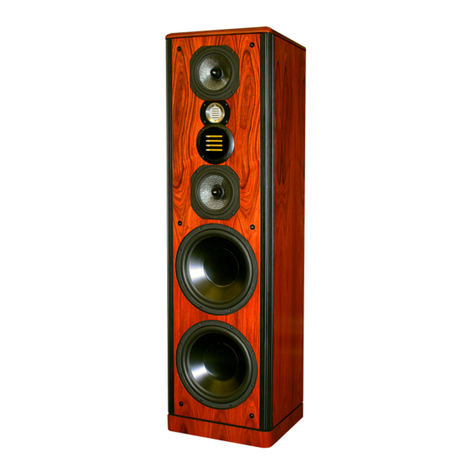
Legacy
Legacy Focus HD User manual

Legacy
Legacy Whisper XD User manual
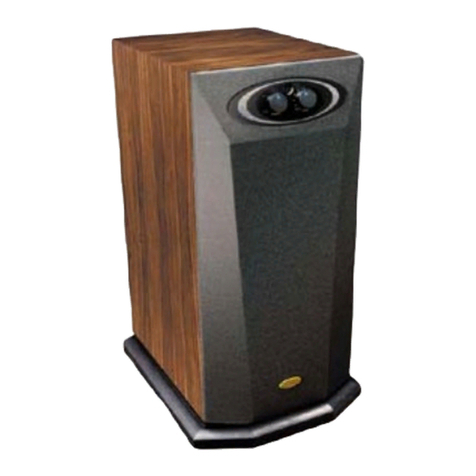
Legacy
Legacy Deep Impact User manual
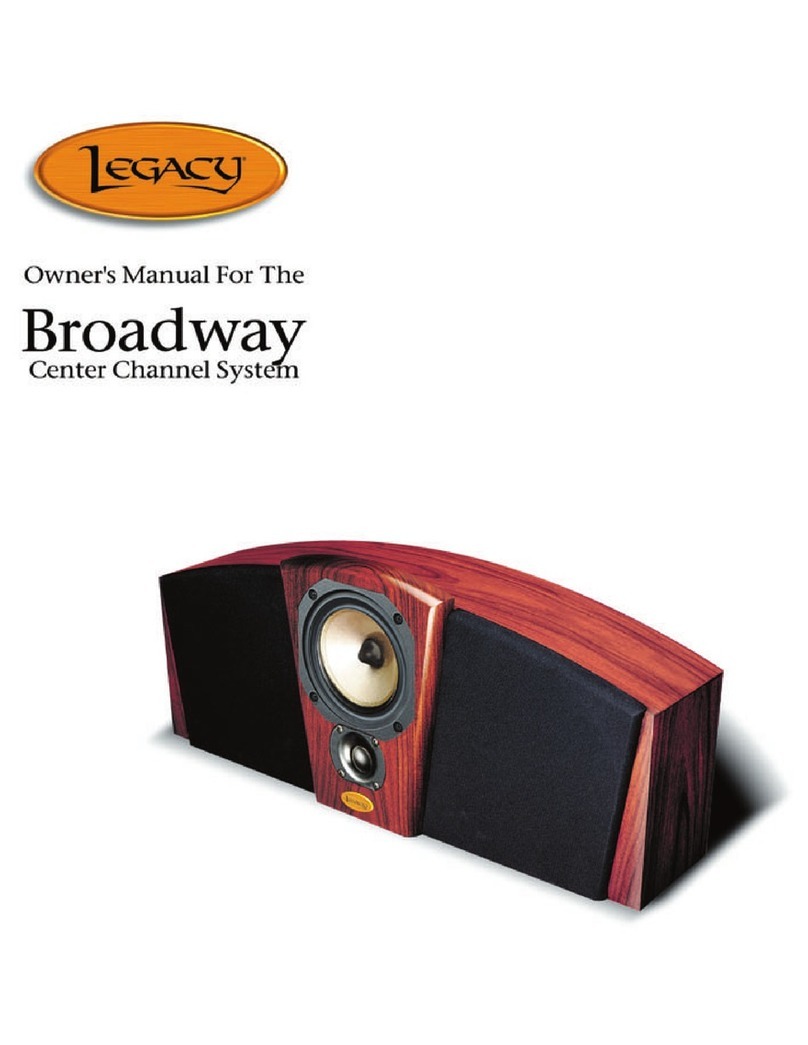
Legacy
Legacy Broadway User manual
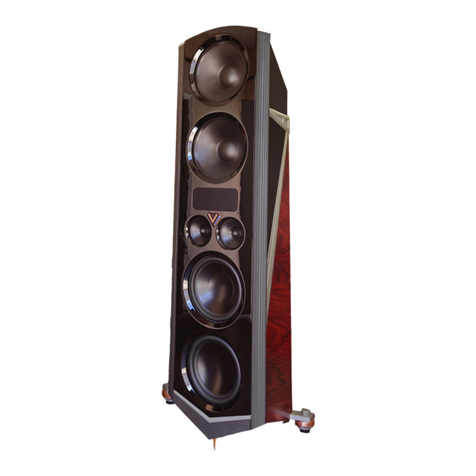
Legacy
Legacy V System Operation manual
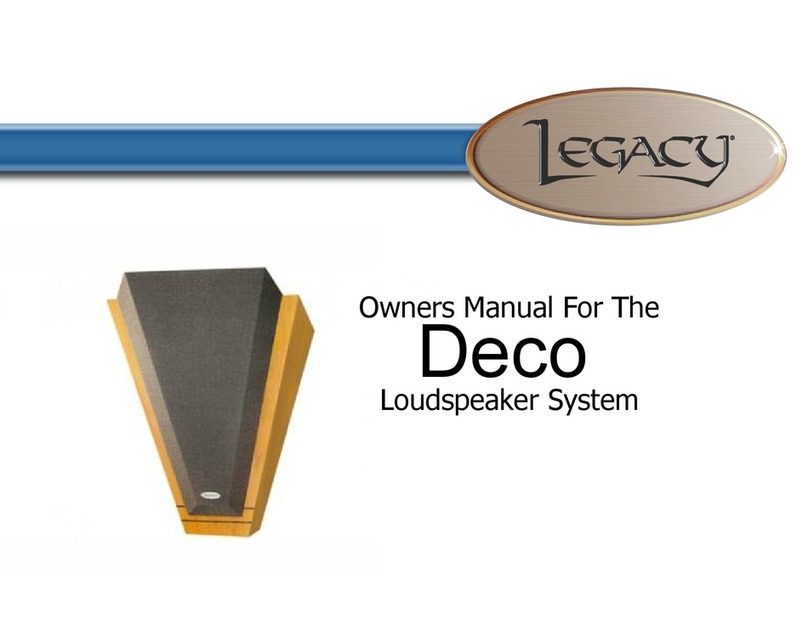
Legacy
Legacy Deco User manual
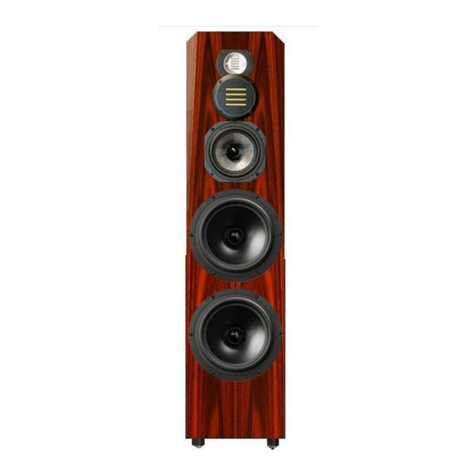
Legacy
Legacy Signature SE User manual
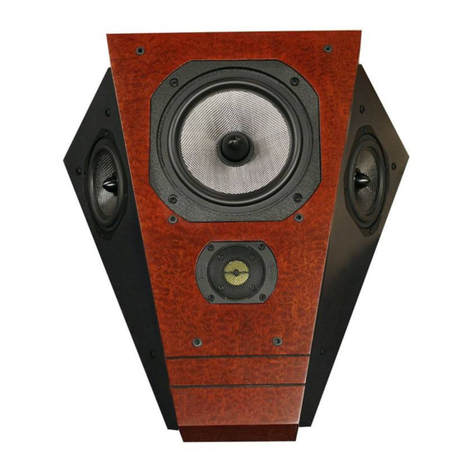
Legacy
Legacy Phantom User manual

Legacy
Legacy Phantom User manual
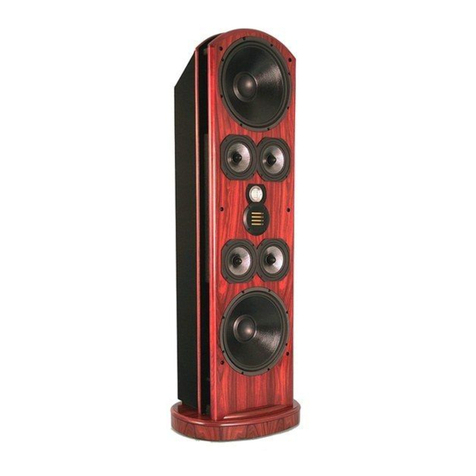
Legacy
Legacy Whisper HD User manual
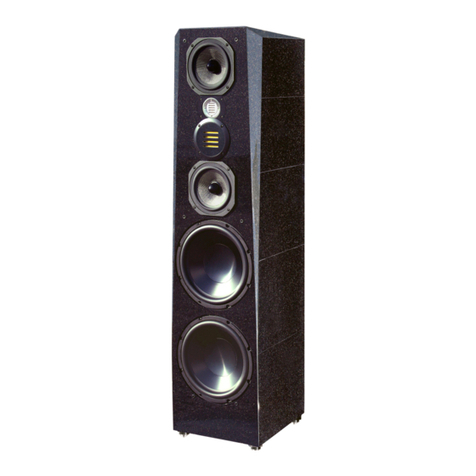
Legacy
Legacy FOCUS SE User manual

Legacy
Legacy Focus HD User manual

Legacy
Legacy Studio HD User manual
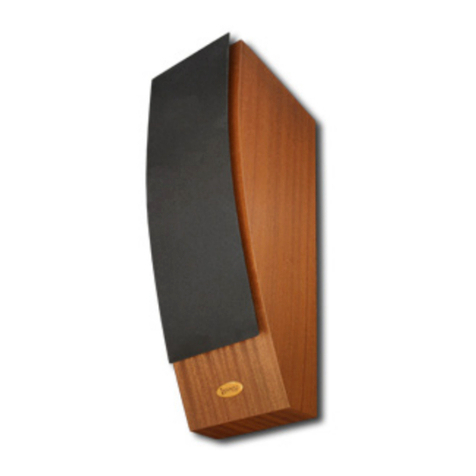
Legacy
Legacy Sconce Surround User manual
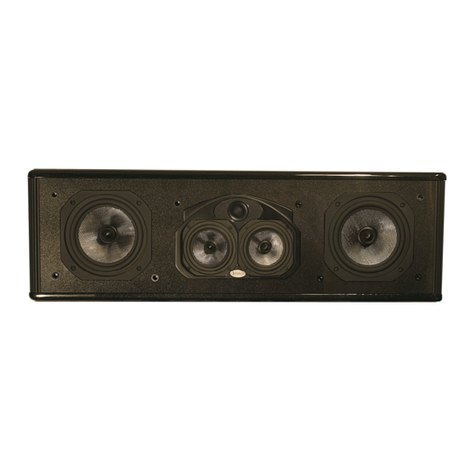
Legacy
Legacy Harmony Center User manual
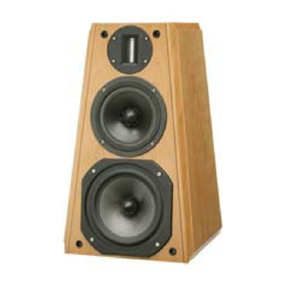
Legacy
Legacy Victoria LE User manual

Legacy
Legacy Harmony Center User manual

Legacy
Legacy Skyline User manual

